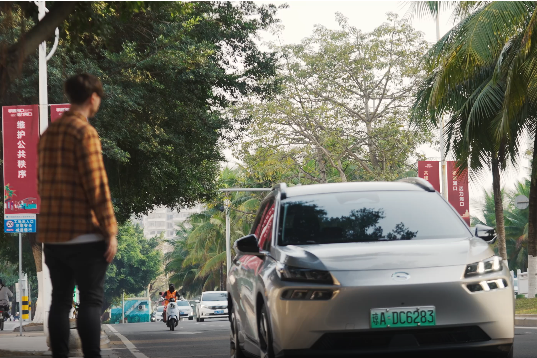100 SOEs to join 4th round of mixed ownership reform


SASAC official says both central and local-level enterprises to take part
China will put over 100 State-owned enterprises into its fourth batch list of mixed-ownership reform for SOEs to better spur innovation and meet market changes, said a senior official from the country's top State assets regulator on Tuesday.
Even though the authorities have not released the names of these companies yet, Peng Huagang, secretary-general of the State-owned Assets Supervision and Administration Commission, said they will be in more areas at both the centrally-administered and locally-administered levels in the next stage.
As China so far has put 50 pilot central SOEs into mixed ownership reform in three rounds, and the trend has been set, he said for highly competitive commercial companies, State-owned capital can get involved in forms of either majority stake holders or smaller stake holders.
During this process, the government will support activities as long as they are conducive to sustained business development, market competitiveness, the preservation and appreciation of State-owned assets, and promote the local economy, he said.
"We will ensure the rights and interests of all parties, because mixing together means all sides will stay united to develop the business," he said. "We will protect all kinds of property rights and guarantee equal treatment according to law."

In line with different sectors and future development of companies, only those fitting in mixed-ownership reform will participate in the reform, said Hu Chi, a researcher at SASAC's research institute, adding that mixed-ownership reform is not only for scaling up, but also for further integration.
Eastern Air Logistics, the freight division of China Eastern Airlines and one of the first batch of SOEs mixed-ownership pilot projects, is a positive test case of China's plans to reform SOEs by bringing in foreign and private investors such as Legend Holdings and GLP Group to develop its business.
After the reform, the Shanghai-based cargo flight operator currently is preparing to be listed on Shanghai Stock Exchange as its sales revenue has grown fast in recent years.
Targeting high-quality development, Hu said a number of new methods will be implemented in China's SOEs this year. They will cover a number of detailed indexes, including benefit, efficiency, technological innovation, international presence, risk control, energy conservation and environmental protection.
"For instance, as far as technological innovation is concerned, the SASAC will continue to encourage SOEs to increase research and development input, and treat R&D investment as profit," he said.
Central SOEs reported steady profit growth in the first quarter of 2019, as their combined profits saw year-on-year growth of 13.1 percent to 426.5 billion yuan ($63.5 billion) during this period, according to SASAC.
In March alone, the profits of central SOEs stood at 188.28 billion yuan, up 10.8 percent year-on-year. A total of 36 central SOEs saw their profit grow by more than 20 percent on a year-on-year basis.
SOEs in sectors such as mining, defense, transport and construction outperformed the others during the first quarter, according to the State asset regulator.
Central SOEs reported combined revenue of 6.8 trillion yuan for the January-March period, up 6.3 percent from a year earlier.




